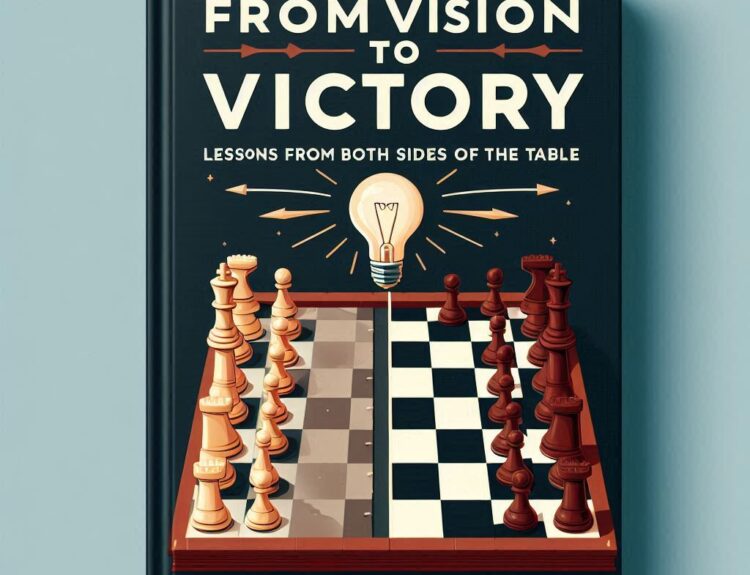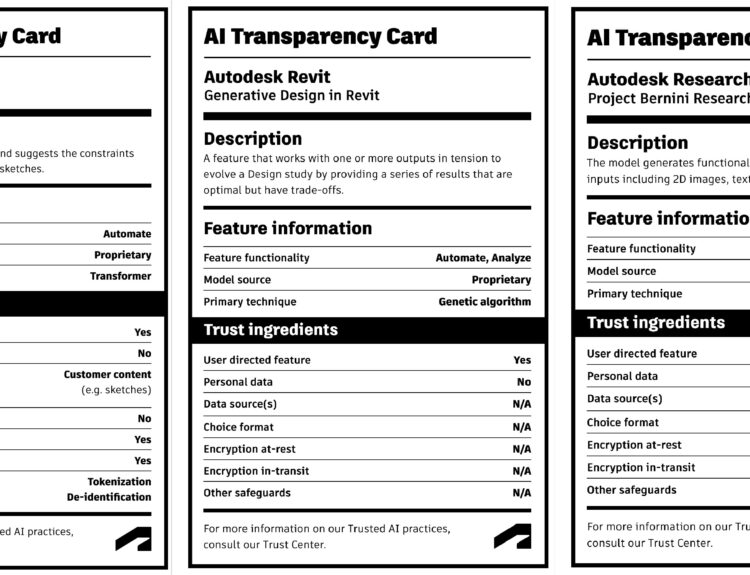Guest post from Jessica Outlaw who runs the Outlaw Center for Immersive Behavioral Science at Concordia University in Portland Oregon.
Virtual and Augmented Reality (VR/AR) is increasingly being incorporated into the design process for architects. VR/AR devices allows architects and their clients to experience their buildings, and make any necessary adjustments, before construction begins.
I interviewed eight experts who are working in the intersection of architecture and VR to learn how VR is changing the way architects are doing their job and recapped my learnings below.
Streamline Existing Processes
Rather than revolutionizing the whole design process, VR is slipping seamlessly into existing design processes for architects and streamlining them.
“It’s not so much that people get new ideas or change the design in a radical way, but rather what we’re seeing is that people who use VR software make less mistakes because they can explore the building, get new ideas, and see flaws earlier.” -Moritz Luck, Enscape
It allows architects to experience their designs before they are built. This provides them, and their clients, with a sense and feel of the space.
“Walking through the project in VR gives you a different perspective. Even for designers who are very experienced if they see something that’s very complex it gets tricky to imagine. But if you go into VR, you can feel how big the space is and how the space feels.” – Moritz Luck, Enscape
With AR, designers are even able to see their building designs in the exact location in which they will be built. This allows architects to visualize their designs within the natural topography and provides them with data about the site that wasn’t previously available to them.
InsiteVR has a novel interaction where you can tour a 3D model in VR and then record a voice memo while you are in the headset. That voice memo is then sent for transcription automatically and you receive a PDF afterward with the contents of your audio recording. This solves a notorious pain point in VR, which is note taking while your vision is occluded by a headset. Angel Say of InsiteVR reported that this feature made it easier for architects incorporate feedback from clients and others who are part of the design process.
Improve Communication between Architect and Client
Viewing and exploring building designs in VR allows for smoother and easier communication between the client and the architect. It provides a clear canvas on which clients can see the areas in which they have been misunderstood or on which architects can make suggestions for improvement.
“The communication between the client and the architect is streamlined.” -Moritz Luck, Enscape
Moritz told me one story about how one client spent six years going back and forth with an architect trying to settle on a design for a house. When they brought VR into the process, it only took 1 hour to agree on a design.
In another case, the incorporation of VR into the design process not only improved the process, but allowed for greater collaboration:
“At Penn State we were designing an intramural building for the students and one of the key features was a climbing wall that was visible from the quad…the students, faculty, and the designers were involved in picking the best possible design for the intramural wall.” –Ricardo Khan, Mortenson Construction
Using VR can make the design process fun, engaging, and collaborative in a way that was never possible before. In addition, seeing their future home or building in VR can be an emotional experience for clients.
“You have these really emotional experiences that you don’t get just by looking at the drawing or the image.” –Moritz Luck, Enscape
Adding Another Layer to Buildings
AR, in particular, presents architects with an opportunity to share the stories of their designs with clients and visitors. Plus, by adding a virtual layer to existing buildings or lots that are under construction, AR can infuse our physical surroundings with stories, art, and culture in an immediately accessible way.
“There’s the cultural…aspect of …how it can impact the existing site with historical and cultural data that you wouldn’t inherently get unless there’s an augmented reality layer.” –Sahar Fikouhi, ARki
Future of Architecture and VR / AR
As AR becomes more accessible and routinely incorporated into the design process for architects, there is an opportunity for it to change the way in which local governments and communities converse about the kind of urban development they would like to see in the community.
“We’re looking at how AR can impact planning and local governments and the way that people communicate with potential developments in their existing environment.” -Sahar Fikouhi, ARki
Just as VR gave students the opportunity to weigh in on Penn State’s intramural building, AR may give citizens the opportunity to be more hands on in local city planning.
In the future, as the technology progresses, there may be an opportunity for clients and architects to enter VR and start building designs from scratch. Each of the interviewees was very positive about the role of VR and AR as design tools in the industry.
“It’s an amazing time for anyone to get started in AR and VR because the barriers are really minimal at this point.”- Gabe Paez, The Wild
As VR and AR tools become more precise, more opportunities for its use in architecture will emerge. Andreea Ion Cojocaru* of NUMENA believes that VR has the capacity to take experience design to the next level:
“Right now we’re in this early adoption phase where the race seems to be about how can we make VR and this technology mimic the real world as much as possible? It’s just a phase. We are going to achieve that. And then we’re going to get bored with it.” -Andrea Ion Cojocaru
As VR and AR become staples of immersive design, I predict that professionals will branch out and create even more uses for these technologies.
Many thanks to LinkedIn Learned for sponsoring this interview series. I’m grateful to Tino Truong, Rob Garrott, and Linda Sellheim for making this project possible. Also big appreciation to Moritz Luck of Enscape, Sahar Fikoui of ARki, Ricardo Khan of Mortenson Constuction, Angel Say of Insite VR, Justin Benjimen of Perkins Will, Gabe Paez of The Wild, Andreea Ion Cojocaru of Numena, and Laura E. Hall of Timberview Productions for sharing their knowledge.
*I discovered Andr
eea Ion Cojocaru’s work via Kent Bye’s Voices of VR podcast. If you’d like to learn more about Andreea’s experiments in experience design, you can listen to her two interviews here: #719 The Phenomenology of Architecture & How VR is Revolutionizing Spatial Design Intuition and #803 Cultivating Architectural Design Intuition with VR & Hacking the Boundaries of Perception
About the author:
Jessica Outlaw founded the Outlaw Center for Immersive Behavioral Science to advance social and behavioral science into emerging technologies. Jessica’s focuses on virtual and augmented reality because of their potential to give people new experiences of understanding data, co-locating across distance, and changing spatial awareness. The main research question that drives the Center is how different forms of embodiment affect decision-making.
To read more about my research at the intersection of design with VR & AR, check out: VR Design Guidelines from Physical Space Experts
or follow me on Twitter @theextendedmind
Thank you Jessica for sharing your research and insight on AR & VR.
Shaan



